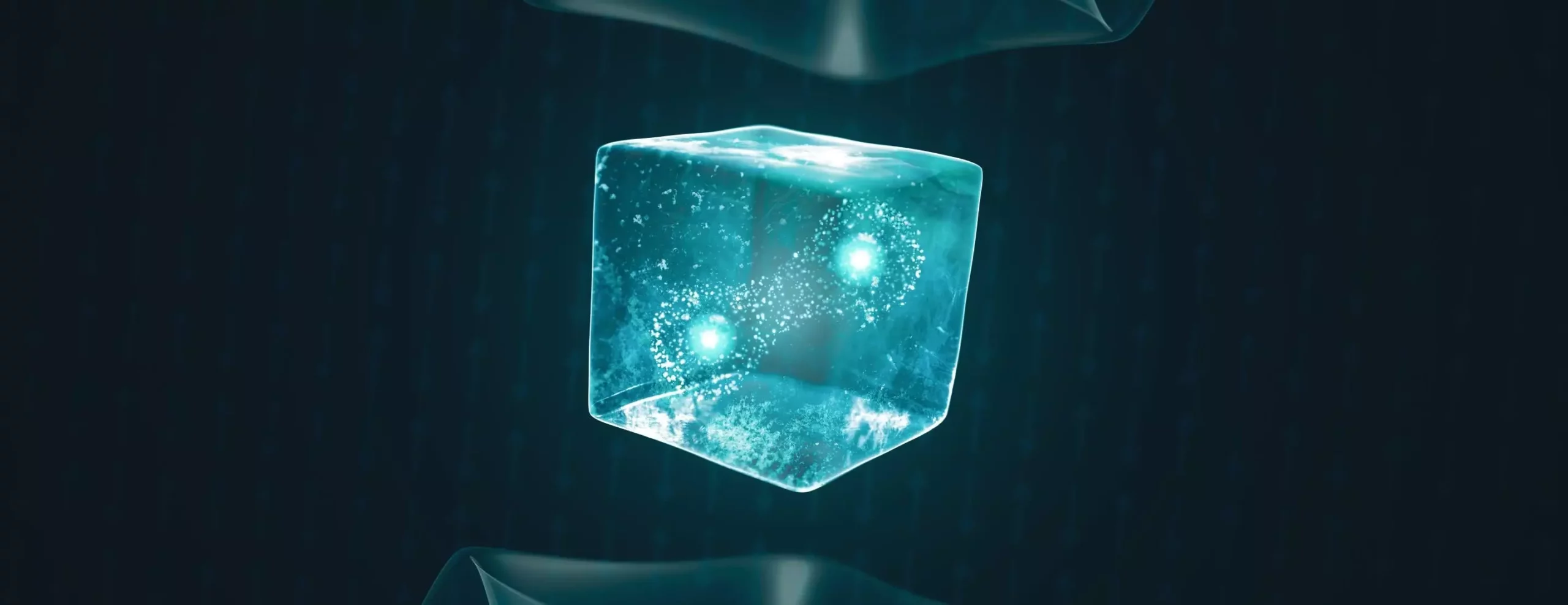Superconductors have fascinated scientists since their discovery a century ago, primarily due to their unique ability to conduct electricity without energy loss. This phenomenon opens the door to many groundbreaking applications, including magnetic levitation for trains and advanced electrical systems. Traditionally, superconductors require extremely cold conditions to maintain their special properties, which limits their practical usage. However, the quest for room temperature superconductors has gained momentum. Researchers have been tirelessly exploring materials that could become superconductors at more accessible temperatures, potentially transforming technologies spanning from consumer electronics to power grids.
Recent research has yielded promising discoveries regarding electron pairing, a vital process that facilitates superconductivity. An international team of researchers from SLAC National Accelerator Laboratory, Stanford University, and other esteemed institutions has published findings in the journal *Science* that suggest electron pairing occurs at much higher temperatures than previously recognized. The researchers have studied an antiferromagnetic insulator and noted that while this material does not exhibit zero resistance, the observed electron pairing could be a stepping stone toward the development of higher-temperature superconductors.
Ke-Jun Xu, a graduate student at Stanford and co-author of the study, emphasizes the potential of electron pairs to form a superconducting state, stating, “If we can find a new method to synchronize the pairs, we could apply that to possibly building higher-temperature superconductors.” Despite the lack of complete superconductivity in the studied material, the possibility identified could represent a significant leap in the quest for practical superconductors.
The Mechanics of Superconductivity
The fundamental mechanics behind superconductivity involve the concept of electron pairing. For a material to superconduct, it is essential for its electrons to group together in pairs, which must then move coherently. If the pairs remain incoherent, they fail to exhibit superconductive properties. This process can be likened to an elegant dance at a social gathering where initially hesitant participants eventually synchronize to the rhythm of the music. The researchers’ observations suggest that the electrons in their case were in an intermediary adolescent state, locked in their initial pairing yet hesitant to take the plunge into coherent motion.
Historically, this phenomenon of electron pairing was observed in conventional superconductors, which typically function at near-absolute zero temperatures. Unconventional superconductors, like those made of copper oxide—or cuprates—operate at significantly elevated temperatures, often up to 130 Kelvin. The theory posits that what drives electron pairing in cuprates is likely not just the typical vibrations in the lattice structure, but rather the influence of fluctuating electron spins. These spins could facilitate higher angular momentum amongst the electrons, leading to their pairing in a more complex manner.
Exploration of Cuprates
In this innovative study, the research team investigated a lesser-known family of cuprates, traditionally dismissed due to its relatively low maximum superconducting temperature of 25 Kelvin. Since most materials in this family are insulators, exploring their superconducting capabilities appeared counterintuitive. However, by utilizing ultraviolet light to excite the material samples, the team could closely analyze the atomic interactions within the cuprate structures.
The analysis revealed an intriguing phenomenon: an energy gap that persists up to 150 Kelvin, indicating electron pairing at considerably higher temperatures than previously believed. Remarkably, the strongest pairing appeared in samples deemed to be the most insulating. While this finding does not immediately point to a new room-temperature superconductor, it sheds light on a novel direction for future research.
Although the immediate implications of this study do not guarantee the development of room-temperature superconductors, the knowledge acquired could be invaluable in guiding future explorations. Zhi-Xun Shen, a supervisor of the project, expressed optimism, stating, “Our findings open a potentially rich new path forward.” The team intends to further investigate the underpinnings of this pairing gap. Understanding the mechanics behind these novel states could revolutionize how scientists approach the engineering of superconductors, leading to the synthesis of materials with enhanced superconductive properties.
The intriguing findings from the SLAC and Stanford research team illuminate a pathway toward the potential development of higher temperature superconductors. By harnessing the unique properties of electron pairing in unconventional materials, researchers may inch closer to the tour de force of achieving room temperature superconductivity. The implications of such advancements promise transformed technology infrastructures, powering the world to new heights of efficiency and capability.

